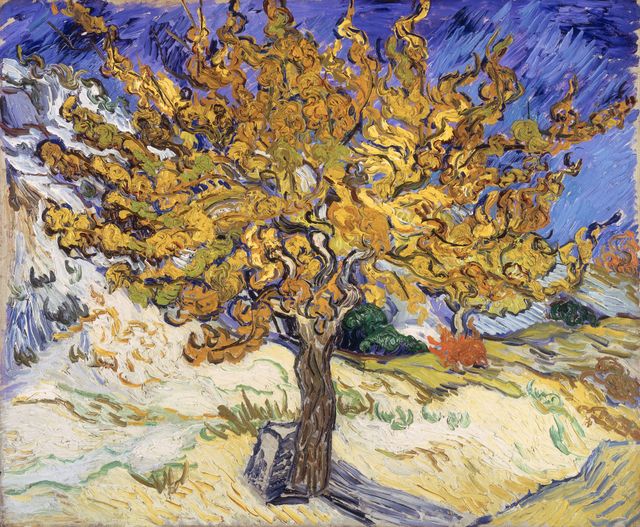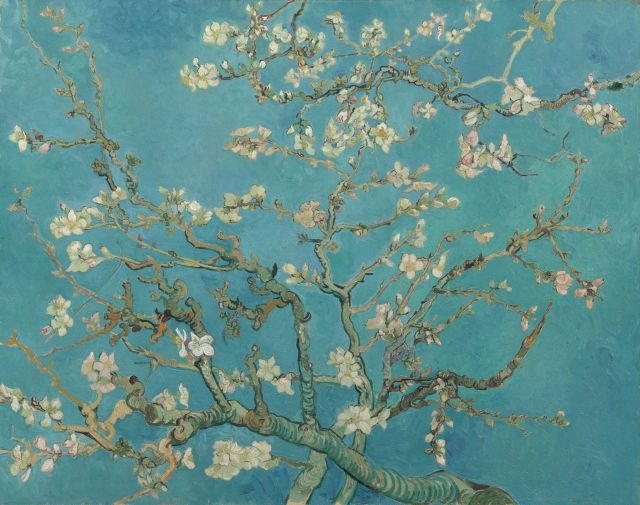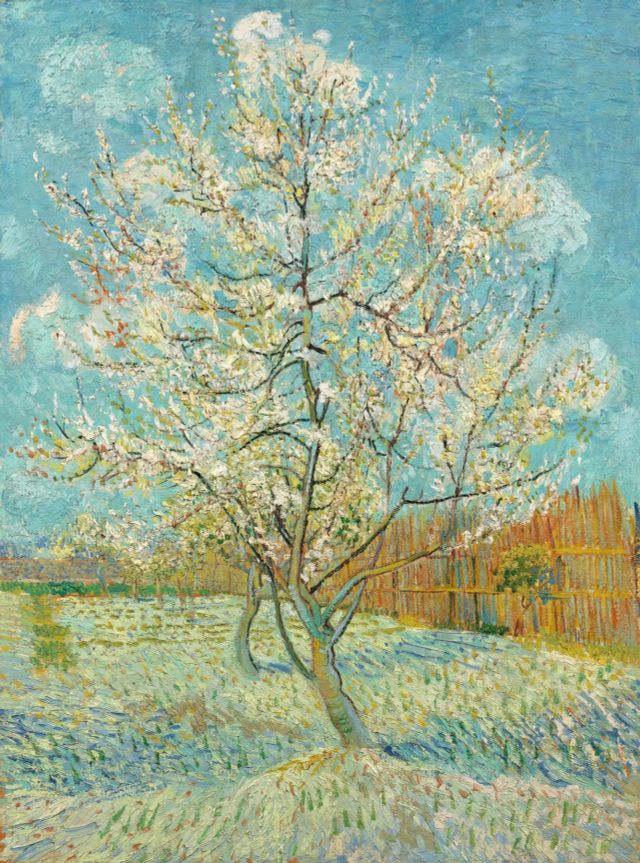Diagonally opposite three of the five Van Gogh monuments (the Van Gogh Kerk, the former "sexton's house" and The Old Council House) is a very special tree, a unique tree: the Moeierboom. Vincent van Gogh saw the tree standing here and the tree saw Vincent walking around here. The majestic lime tree was planted around 1675 and has been a place of connection and meeting for over 345 years. A place Vincent van Gogh was always looking for.
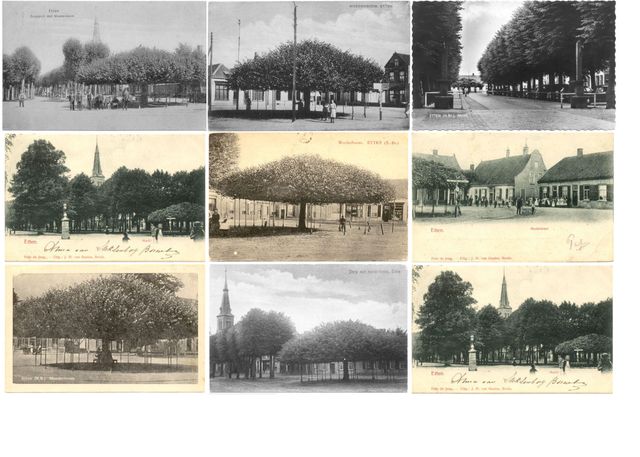
The Moeierboom was nominated last year from Brabant for the election Tree of the Year, an initiative of SBNL Nature Fund. In October, the striking tree in the heart of the city center won the national election and in February 2021 participated on behalf of the Netherlands in the European election Tree of the Year. The tree received 34,244 votes. That turned out to be good for sixth place. Fourteen countries participated.

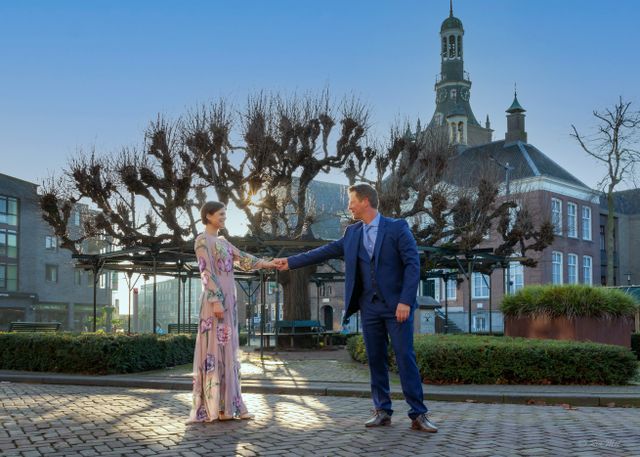
During the years that the Van Gogh family lived in Etten (1875-1882), the Moeier tree already had a considerable size. Vincent often passed the lime tree. After all, he lived around the corner. But did he draw the tree or not? We don't know for sure. Indeed, some of his drawings have been lost. But the tree certainly must have impressed him. When he came to Zweelo (Drenthe) a few years after leaving Etten, he saw a somewhat similar specimen. The similarities are striking.
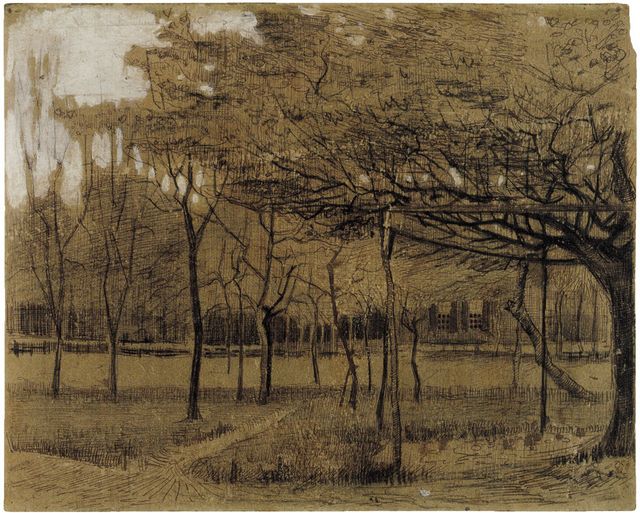
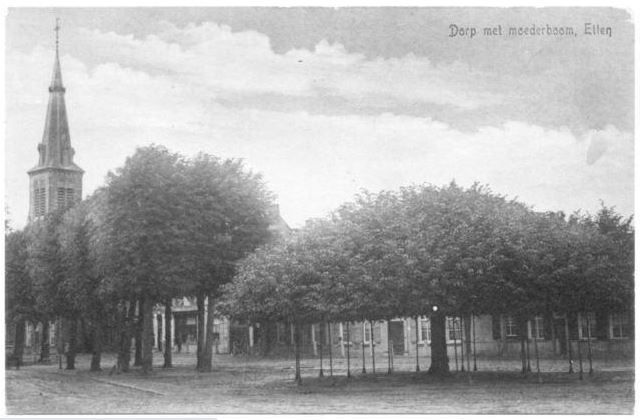
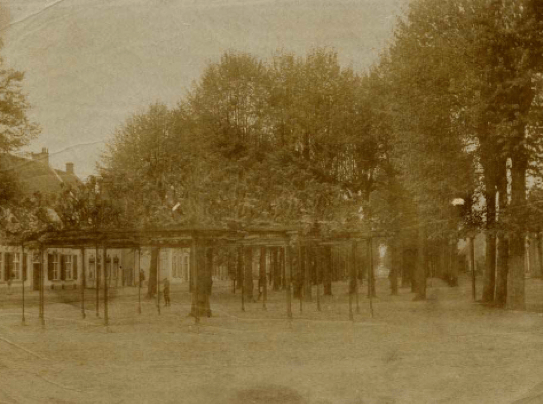
Frans Kapteijns, "the most popular forester at Brabant and on social media," is not only an ambassador for the Van Gogh National Park, but also for the Moeierboom. His greatest passion is nature and everything in it. But what is a forester doing in the heart of downtown Etten-Leur, under the Moeierboom?
"I am a lover of lime trees. With open arms the Moeierboom receives its guests like a mother. "Frans is a proud Brabander. "This is also because this Moeierboom is already the third tree from Brabant to compete for the European Tree of Year title. And she is certainly a very good candidate!
The Moeierboom is a large-leaved lime tree, also called summer lime, but every season it closes many a Brabander's heart. It is an ideal resting point during detours, long walks and bicycle rides. With open arms the Moeierboom, like a mother, welcomes her guests. As a guest, you can delight under her wide outstretched arms and for much of the year she offers a wonderful shade."
In the Celtic tree horoscope, according to Frans, linden trees are known as dreamers with a great imagination. "In addition, it is described, that they incite new ideas by their idealistic and inspiring nature. Among the Germanic people they honored linden trees as a way station to the gods and they were not the least. Freya, goddess of love and fertility, was one of them and if you look at the leaves, you can see very clearly that they are heart-shaped. Besides this goddess, there were also Minerva and Venus and about the latter most people have the wildest fantasies."
But the linden tree also has a good status in Brabant. "In many a marketplace they were or still are. Justice used to be spoken under them, such as in Etten-Leur, where there was probably a vierschaar, open-air court, on that spot. Also, you often see benches under lime trees. All village stories, full of fantasy, came and come loose under them. If the Moeier tree of Etten-Leur could speak, we might even have to rewrite local history."
Frans puts his heart and soul into bringing attention to the Moeierboom and making everyone aware of the importance of such a green gem in a city center. Thank you Frans!
Vincent van Gogh drew and painted hundreds of trees. Pollard willows along country roads, sycamore trees in city parks, trees in winter's garb and blossoming almond trees heralding new beginnings. He developed his fascination with trees at an early age.
"When I work outside it's to make tree studies but actually looking at the trees as if they were figures. I mean, contemplating them mainly with an eye on the contour, the proportion & how they are put together."
(Vincent to Theo van Gogh, Etten, October 1881).
